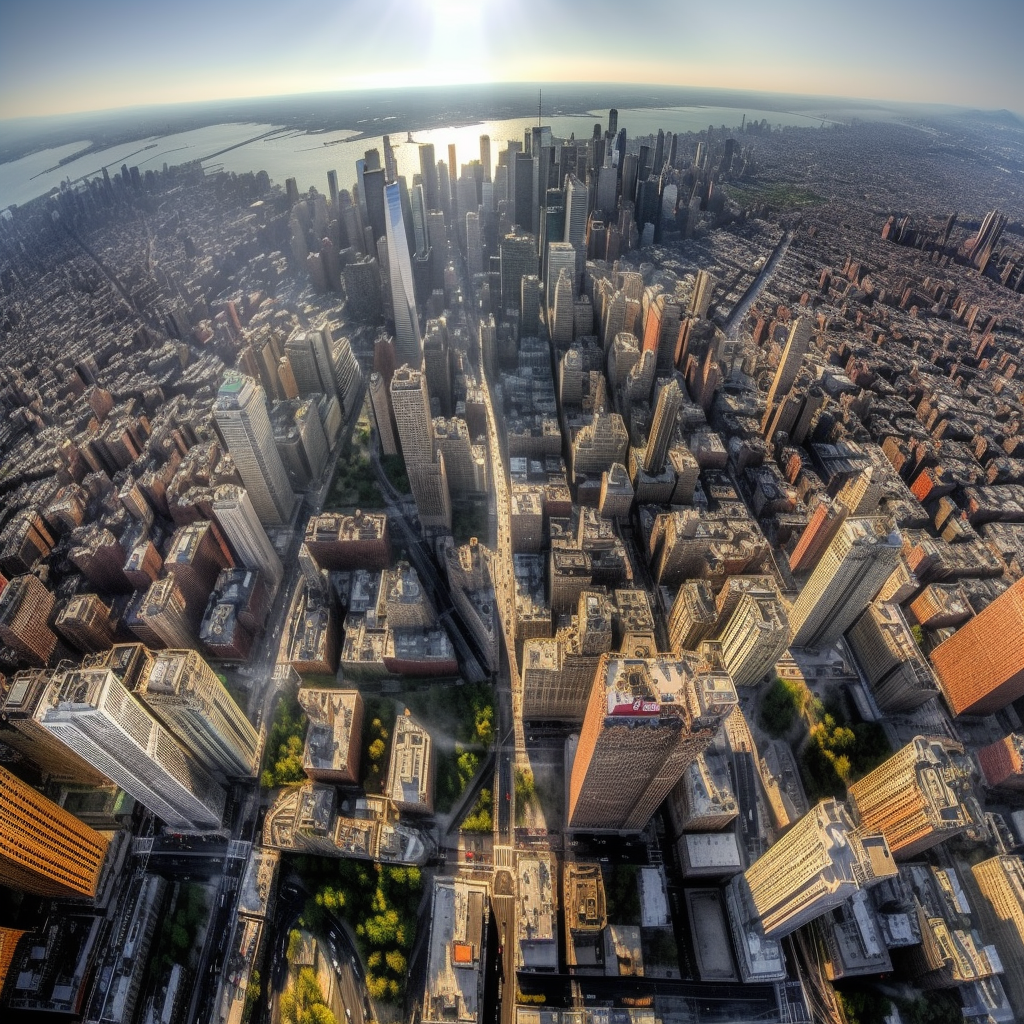July 14, 2023
Unearthing the Hidden Dangers – The Urgency of Addressing Underground Climate Change in Our Cities
Book a Demo
Over the past 70 years, the ground beneath downtown Chicago has experienced a significant increase in temperature, warming by an average of 5.6 degrees Fahrenheit. This warming trend is not unique to Chicago; major cities across America, such as New York City, are also feeling the impact of underground climate change. These rising temperatures have led to increased risks of infrastructure damage, as underground heat destabilizes buildings and causes deformations in the land.
One of the primary drivers of underground climate change is human activity. As cities continue to expand and urbanization intensifies, the urban heat island effect becomes more pronounced. This phenomenon occurs when human-made materials, such as concrete and asphalt, absorb and retain heat, creating localized areas of increased temperature. The accumulation of this underground heat is now proving to be detrimental to the structural integrity of buildings and the stability of the land.
In building-heavy areas, ground temperatures can be up to 10 degrees Celsius warmer than in green spaces. This stark temperature difference exacerbates the effects of underground climate change, further increasing the risks to infrastructure. The combination of rising temperatures and changing precipitation patterns is causing the ground to shift and weaken in cities like Chicago and New York City. These shifts and weakening ultimately lead to an increased risk of infrastructure damage.
While ground temperatures have been steadily increasing, there is some relief in recent years as the warming rates have slowed down. However, the risks posed by underground climate change remain significant. The long-term effects of this phenomenon include ground shifting and sinking, soil erosion, and unpredictable water sources. To ensure building resilience and minimize potential risks and damages, proactive measures must be taken to monitor and mitigate the effects of underground climate change.
Efforts are currently underway in cities like Chicago and New York City to address the challenges posed by underground climate change. Monitoring systems are being implemented to track ground temperatures and identify areas of concern. Additionally, measures are being taken to mitigate the urban heat island effect by incorporating green infrastructure, such as parks and green roofs, into city planning.
The long-term effects of underground climate change are not to be taken lightly. As the ground continues to shift and sink, infrastructure becomes increasingly vulnerable. The risks posed by soil erosion and unpredictable water sources further highlight the urgency of proactive measures. By understanding and addressing the challenges of underground climate change, cities can work towards ensuring the resilience of their buildings and infrastructure. It is crucial to prioritize these efforts to protect our cities and minimize the potential damages that may arise from this underground warming trend.



